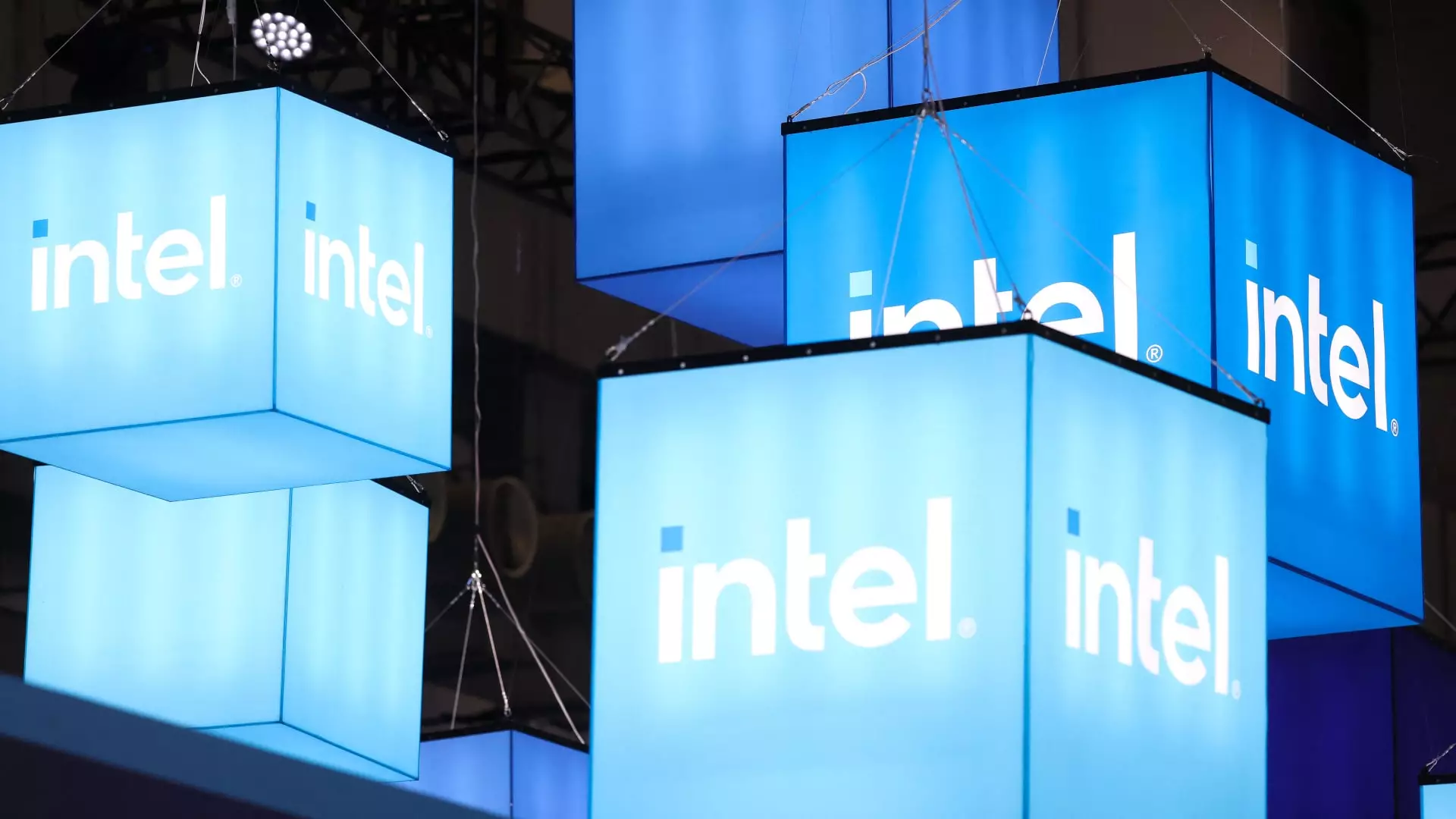The semiconductor industry is an intricate tapestry of competition, innovation, and strategic maneuvers, with Intel Corporation at its forefront facing unprecedented challenges. Recent speculation regarding potential acquisitions by industry rivals such as Taiwan Semiconductor Manufacturing Co. (TSMC) and Broadcom signals a pivotal moment for Intel. As these companies explore ways to leverage Intel’s assets, the implications of such developments extend beyond mere corporate maneuvering, touching upon national security, technological leadership, and market dynamics.
Rivalry and Strategic Interests
Broadcom and TSMC, two giants in the semiconductor landscape, are reportedly contemplating the dissection of Intel’s business model. Broadcom’s interest lies particularly in Intel’s chip design and marketing capabilities, while TSMC, the preeminent contract chipmaker globally, is assessing options for acquiring Intel’s manufacturing assets. Both companies are independently weighing their prospects, and they have not entered into any formal partnerships regarding this venture. Instead, these discussions appear to be at an early stage, revealing strategic aspirations to capitalize on Intel’s storied legacy in the chipmaking sector.
These explorations aren’t simply a matter of financial gain; they represent a broader power struggle in an industry where technological prowess is paramount. Intel’s interim executive chairman, Frank Yeary, is reportedly at the helm of these discussions, focusing on enhancing shareholder value amid a complicated corporate climate. The involvement of U.S. governmental stakeholders, particularly in the context of national security, underscores the significance of these moves. With Intel being a key player in the American technology landscape, the ramifications extend into policy discussions and regulatory considerations.
The U.S. government’s stance on foreign ownership of critical domestic technology assets cannot be underestimated. Amidst these ongoing negotiations, indications from the Trump administration hinted at a reluctance to allow foreign entities to manage Intel’s U.S. fabrication plants. This position reflects a protective attitude toward domestic manufacturing capabilities, especially given the sensitive nature of semiconductor production. A White House official articulated that while foreign investments in U.S. facilities are generally welcomed, the operation of critical assets by foreign firms poses a risk that may not be tolerated.
Conversations between TSMC and the U.S. government about potential control of Intel’s manufacturing facilities underline the complexities of this economic landscape. In a climate where chip shortages have revealed vulnerabilities in the supply chain, the desire to maintain domestic production capabilities is paramount. The implications of allowing a foreign firm to take over such operations highlight the delicate balance between fostering international partnerships and safeguarding national interests.
Intel has faced significant turbulence in recent years, characterized by dwindling market share, fluctuating stock prices, and mounting competition. As former CEO Pat Gelsinger spearheaded ambitious efforts to strengthen Intel’s manufacturing and AI sectors, the execution of this plan has been fraught with difficulty. As reported, Intel’s stock value plummeted by around 60% last year, reflecting investors’ concerns regarding the company’s capital-heavy strategies in an unpredictable market.
Contrastingly, TSMC has emerged as a formidable competitor, boasting a market valuation approximately eight times that of Intel. With high-profile clients such as Nvidia and AMD utilizing TSMC’s advanced chips, it has cemented its position as the go-to manufacturer in the competitive semiconductor arena. This underlines a critical juncture for Intel: rekindling its innovative edge while navigating strategic interests that could redefine the company’s identity and operational structure.
As Intel navigates this turbulent period filled with potential transformative deals, its next moves will be crucial in determining its future. Whether through partnerships with competitors or governmental support in maintaining its manufacturing capabilities, the company’s strategy will require a multifaceted approach.
At the heart of this journey will be the company’s ability to innovate and adapt in a fast-changing industry landscape, balancing shareholder interests with national security concerns and market competition. The semiconductor industry stands on the brink of significant evolution, and Intel’s response to these challenges may well define its legacy within this critical domain. Each decision, whether about partnership or manufacturing strategy, will resonate not just within its own balance sheet, but across the entire spectrum of global technology dynamics.

